
One of Islam's greatest scholars, Imam Ghazali (1058-1111 CE), known as "Hujjat ul-Islam" (The Proof of Islam), left us profound insights into the nature of light, perception, and spiritual reality. His masterwork Mishkat ul-Anwar (The Niche of Lights) explores how divine light (Nur) functions as the ultimate source of all healing, knowledge, and transformation.
Understanding Imam Ghazali's teachings on light unlocks a deeper comprehension of how Qur'anic healing actually works—not just as words we recite, but as living light that penetrates, reveals, and transforms our entire being.
Imam Ghazali explains that just as physical light allows us to see the material world, there exists an inner light that reveals spiritual realities. But there's a crucial difference:
Outward light (from the sun) illuminates physical objects, allowing our eyes to see shapes, colors, and forms. This light can be blocked, veiled, or disappear when the sun sets.
Inward light (divine Nur) illuminates truth itself, revealing the deeper realities, meanings, and spiritual essences of everything. This light never disappears—it is perpetual, unchanging, and always present.
As Imam Ghazali beautifully states:
"You should know that just as everything becomes manifest to eyesight through outward light, so also everything becomes manifest to inward insight through God. God is with everything and not separate from it. Then He makes everything manifest... As for the divine light (Nur) through which everything becomes manifest, its disappearance is inconceivable. Or, rather, it is impossible for it to change, so it remains perpetually with the things."
We don't just have one way of perceiving—we have two "eyes":
The outer eye (located in your head) sees the physical, material world through the sense of sight.
The inner eye (your intellectual and spiritual faculty) perceives meanings, realities, truths, and the hidden dimensions of existence.
Both function through light—but the inner eye's light is far more powerful.
Imam Ghazali identifies seven profound differences that reveal why spiritual perception is superior to physical sight:
The outer eye cannot see itself. You can't look at your own eye directly without a mirror.
The inner eye perceives itself and its own attributes, plus the attributes of everything else. Your intellect can reflect on itself, understand its own nature, and grow in self-awareness.
The outer eye cannot see what is extremely far or extremely close. There are distance limitations to physical sight.
The inner eye has no distance limitations. Near and far are equal. You can contemplate galaxies billions of light-years away or the microscopic world with your mind—distance doesn't constrain intellectual perception.
The outer eye cannot see through barriers. A wall, curtain, or any physical obstruction blocks vision.
The inner eye moves freely around all veils—through the heavens, the earth, and even inside its own self. Your intellect can penetrate barriers that physical sight cannot.
The outer eye only perceives surfaces, exteriors, and forms. You see the shape, color, and appearance of things—their external dimensions.
The inner eye penetrates to hidden dimensions, unveiling mysteries, realities, and spirits. It understands:
This is why spiritual insight reveals what physical sight cannot—you're seeing the reality behind the form.
The outer eye primarily uses only one sense: sight.
The inner eye integrates all five senses and beyond. Your intellect processes information from seeing, hearing, tasting, touching, smelling, and even intuitive knowing—creating a complete understanding.
The outer eye can only perceive finite, temporary, worldly things. Everything physical has boundaries and limits.
The inner eye is capable of perceiving the infinite—including the eternal nature of God, timeless truths, and boundless realities that transcend material limitation.
The outer eye sees large things as small due to perspective and distance. A mountain far away looks tiny.
The inner eye perceives things in their true size and proportion, understanding their actual magnitude and significance regardless of perspective.
Just as the physical eye needs the sun to see, the inner eye needs its own source of light. Imam Ghazali teaches that the Qur'an is the sun of the inner eye.
He explains:
"The greatest wisdom is the Speech of God Almighty. From all the Speech of God is the Qur'an, specifically. The position of the verses of the Qur'an according to the eye is the position of the sun according to the apparent eyes, since seeing occurs through it. Hence, it is appropriate for the Qur'an to be called 'Light' just how the light of the sun is named 'Light'."
This is why God says in the Qur'an:
"Thus, believe in God, His Messenger and the light which We have revealed." [64:8]
"A proof has come to you from your Lord, and We have sent down to you a clear light." [4:174]
The Qur'an isn't just metaphorically light—it is light in its essence. It illuminates your inner being the way the sun illuminates the outer world.
When you understand that the Qur'an is literally light for your inner eye, everything about Islamic healing makes perfect sense:
When you recite Qur'anic verses during healing, you're not just making sounds—you're channeling pure light into the person or situation. This light:
When you blow Qur'anic verses onto someone, you're transferring that divine light through your breath. The light becomes concentrated, focused, and directed precisely where healing is needed.
Different verses carry different frequencies of light:
Each verse is a different spectrum of divine light, addressing different spiritual and physical needs.
If you're reciting Qur'an while distracted, angry, or disconnected, you're like a dim bulb trying to illuminate a room. But when you recite with:
...you become a clear channel for maximum light transmission. The same verses carry exponentially more healing power.
Based on Imam Ghazali's teachings, here's how to develop and strengthen your inner perception for healing work:
Spiritual impurities (like envy, pride, doubt, and attachment to sin) create veils over your inner eye. Just as dirt on a lens obscures vision, these qualities block spiritual light.
Practice: Regular repentance (tawbah), self-reflection (muhasabah), and conscious moral refinement.
The more you interact with the Qur'an, the more light enters your inner being. Don't just recite—reflect, contemplate, and seek understanding.
Practice: Daily recitation with contemplation (tadabbur), studying meanings, and listening to beautiful recitation.
Train yourself to perceive beyond the surface. When you see someone suffering, don't just see the physical symptoms—use your inner eye to perceive the spiritual dimensions.
Practice: Ask yourself: "What is the hidden reality here? What is God showing me? What spiritual factors might be at play?"
The intellect is your inner eye. Sharpen it through:
Your inner eye's light source is God Himself. The closer you are to Him, the more light you receive.
Practice: Consistent prayer, dhikr (remembrance), du'a, and seeking His presence in all moments.
Before you recite over someone, activate your inner eye:
For physical illness: While treating the body, use your inner eye to ask: "What is the spiritual message here? What is my soul learning? What needs to be illuminated in my life?"
For emotional pain: Don't just feel the emotion—look deeper with your inner eye. What belief, what past wound, what spiritual misalignment is creating this feeling?
For spiritual blockage: Your inner eye can perceive where you're veiled, where light isn't flowing, where you need breakthrough.
Imam Ghazali teaches that the outer eye belongs to the World of Sensation and Witnessing (the material realm), while the inner eye belongs to the World of Dominion (عالَم الملكوت)—the realm of angels, spirits, and divine realities.
When you heal with Qur'anic light, you're working in both worlds simultaneously:
This is why Islamic healing is so comprehensive—it addresses both dimensions of your existence.
The goal isn't to abandon your physical sight for spiritual sight. It's to live with both eyes open:
When both eyes are functioning, you see the complete picture. You perceive:
This is comprehensive vision. This is healing wisdom.
Remember Imam Ghazali's profound teaching: The divine light never disappears. It never sets. It's always present, always available, always illuminating.
This means:
The healing light of the Qur'an is always accessible to you. Day or night, winter or summer, in difficulty or ease—the light is there.
Your inner eye can always be opened. No matter how long it's been veiled, no matter how much darkness you've experienced, the light can illuminate you instantly when you turn toward it.
Healing is always possible. Because the divine light never changes, never diminishes, never runs out—there is always power for transformation available.
Open your inner eye. Let the Qur'an be your sun. See beyond surfaces into realities. Perceive the hidden dimensions of healing. Work with divine light, not just physical means.
This is the path Imam Ghazali illuminated—a path where the Qur'an becomes not just words you recite, but the very light by which you see, heal, and transform.
May God open the eyes of our hearts, illuminate our inner vision, and make us among those who perceive reality through His light. Ameen.

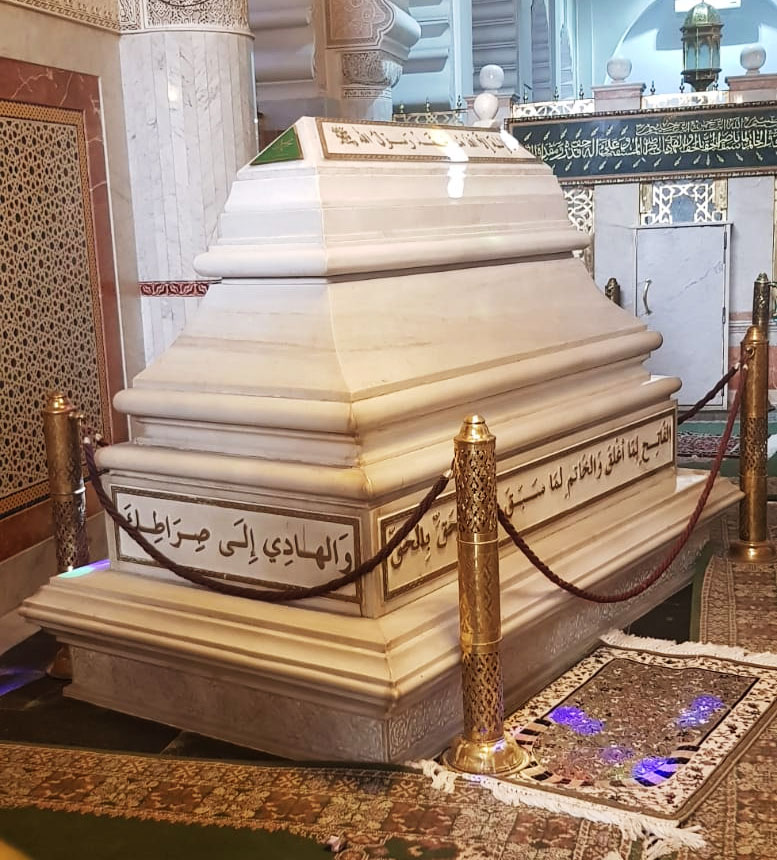

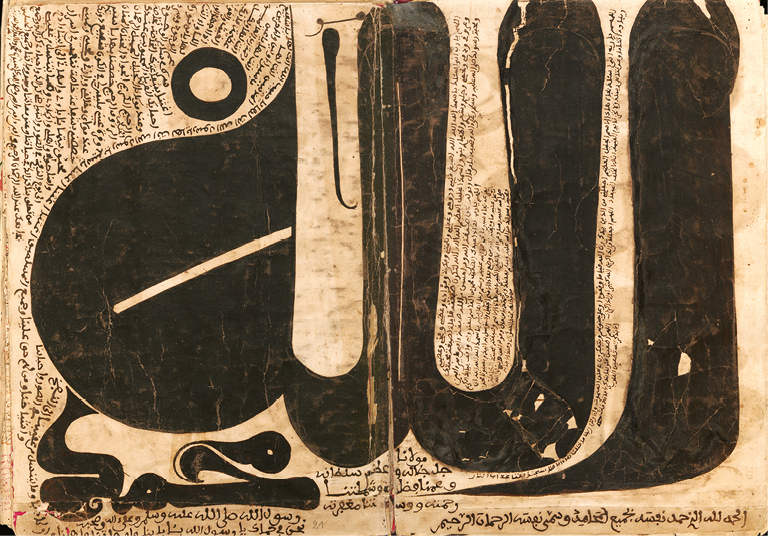
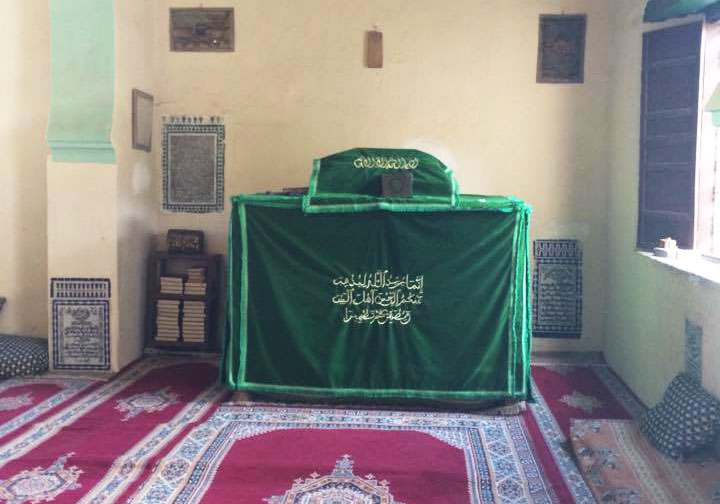

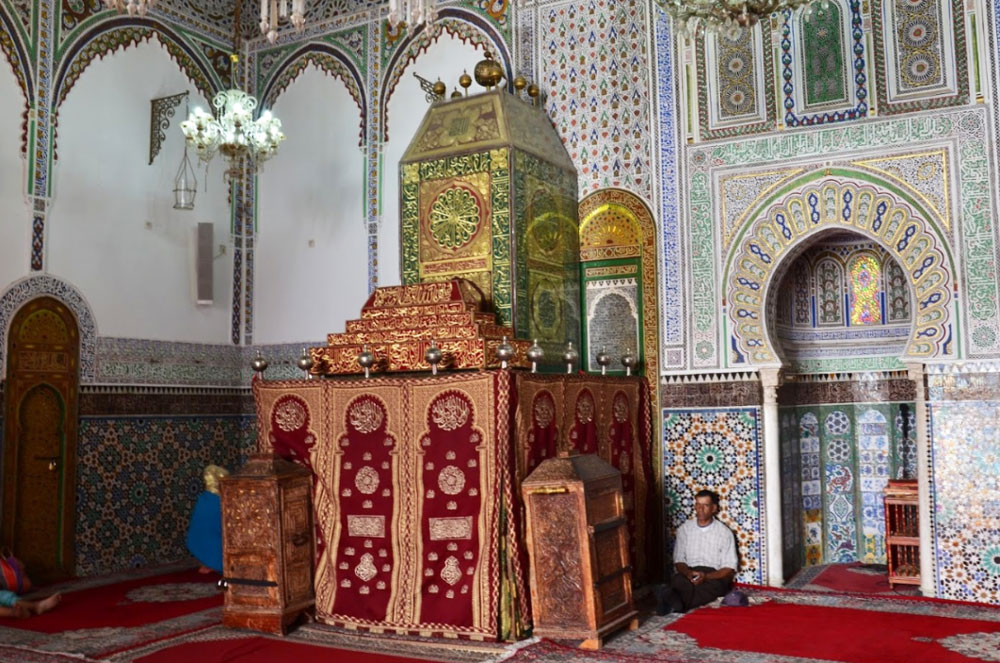
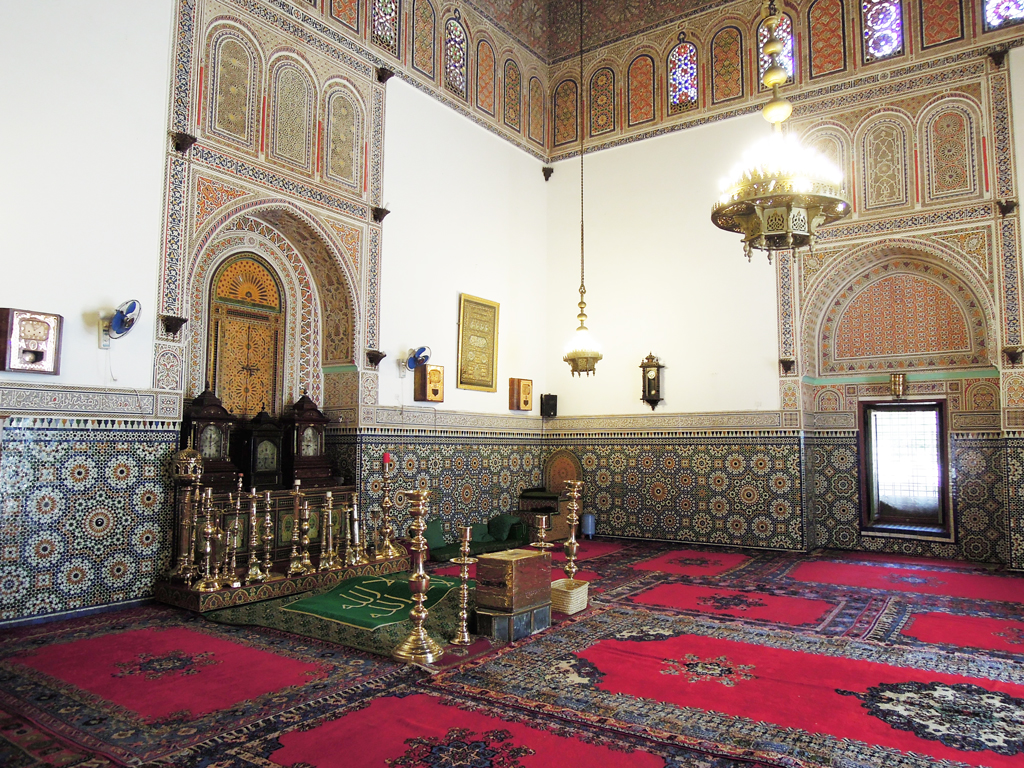





























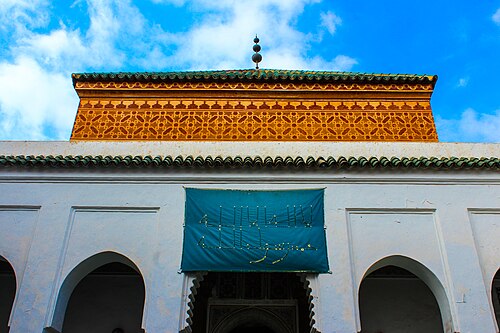
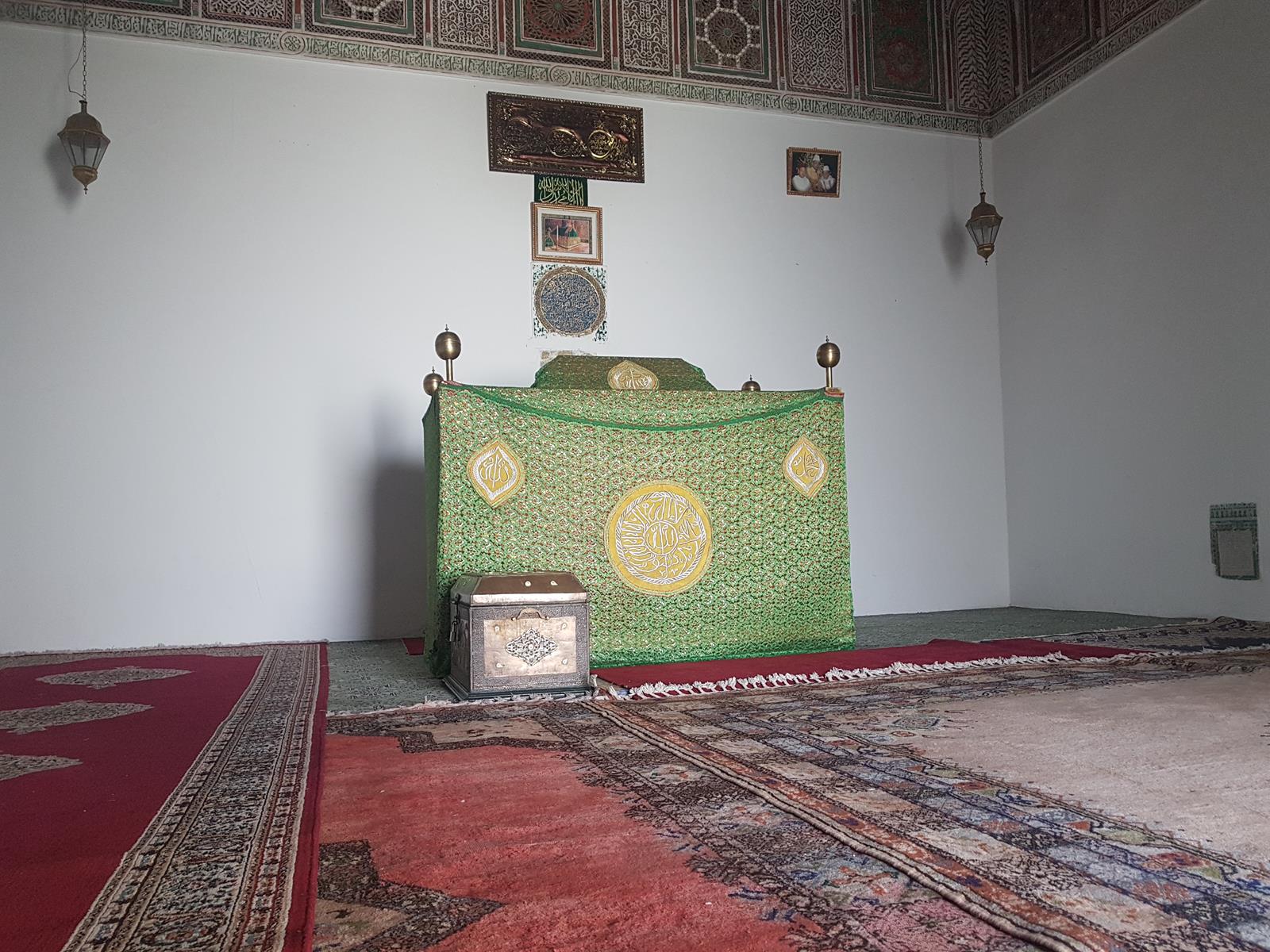




Find all our meditations on the Nur App!
Experience tranquillity through Qur'anic recitations and meditations on our Nur App and develop healthy spiritual routines to maintain your God-given Nur (light).
